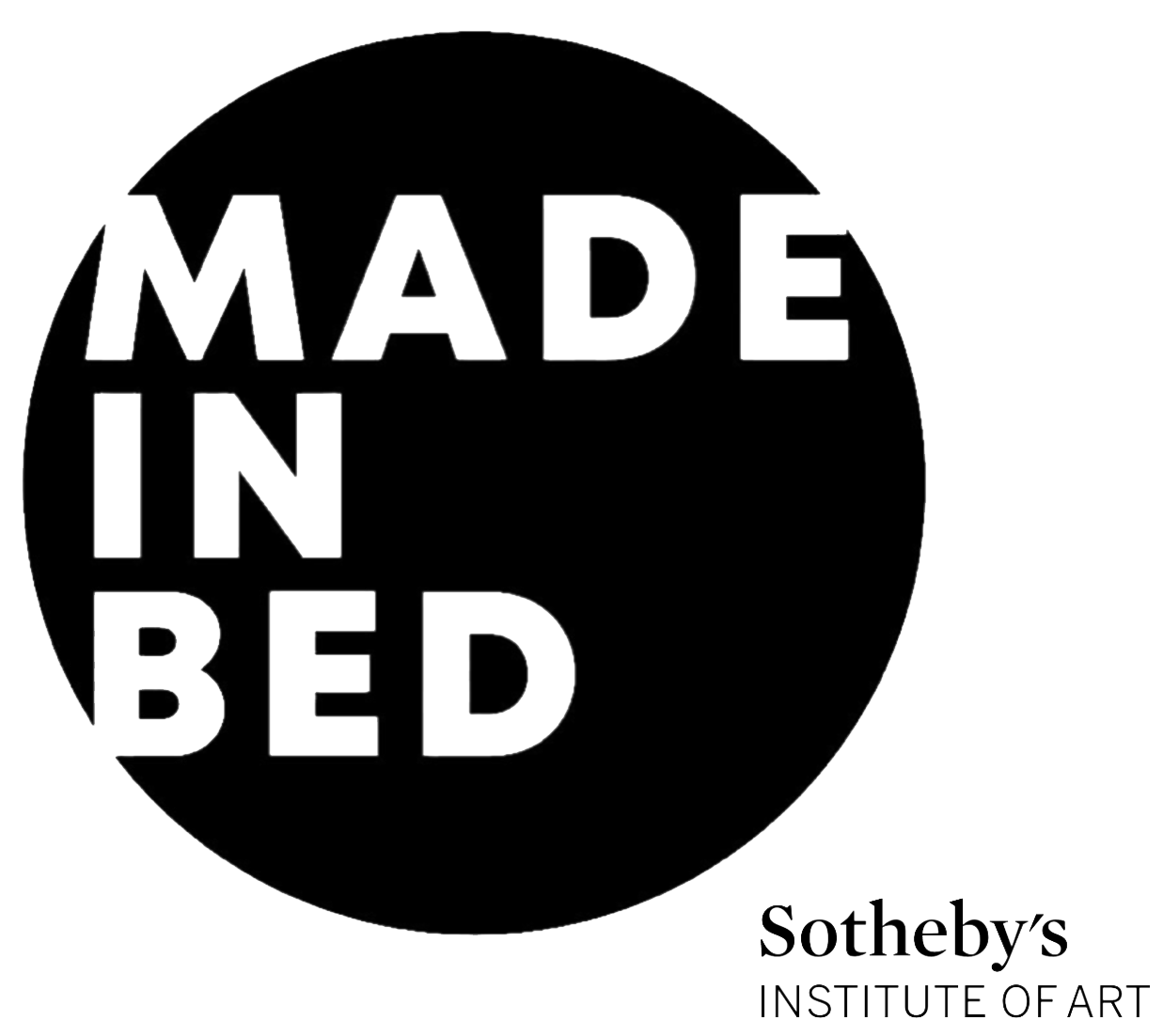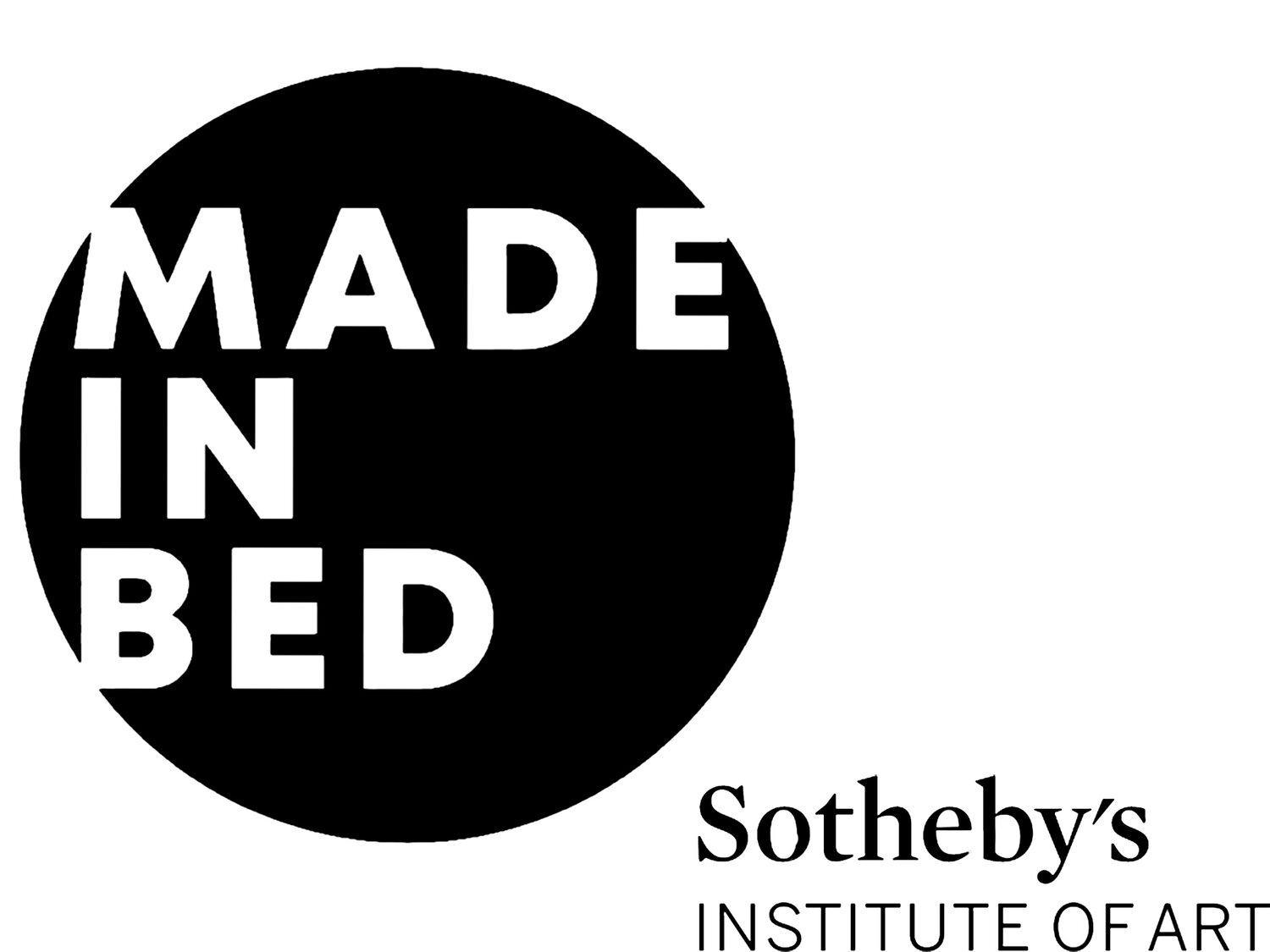Museo Fortuny: Venice’s Timeless Muse Against the Biennale’s Contemporary Pulse
It is said that Venice belongs to the romantics. A city of musicians, poets and artists—the Serenissima has, for centuries, enchanted those who seek it out. Amidst the iconic institutions and glorious architecture, there exists a quieter, more contemplative experience—akin to a well-kept provincial secret. In a quaint alley of Campo San Beneto lies the 15th century Gothic Pesaro palazzo that houses the Museo Fortuny, former residence and studio of the great Spanish artist, Mariano Fortuny y Madrazo (1871-1949). Reflective of his maximalist spirit and eclectic influences, the museum is a lasting oasis in Venice’s ever-changing cultural landscape.
Having chanced upon this palace during the closing week of La Biennale di Venezia, I couldn't help but think about the contrasting spaces and their effects on the audience. As opposed to the highly publicised biennial with frenzied crowds trying to catch last glimpses of national pavilions, the palazzo offered an intimate view of a different time and art, which remains relevant even today. It served as a counterpoint to the undeniably current, but often overwhelming scale of the Biennale that predominantly exhibits art addressing the concerns of today. This visual juxtaposition of two distinct worlds alludes to a deeper question about the value we place on the past and how it is perceived, its intricate relationship with the present, and how it shapes the future of experiencing art.
Installation View: The Winter Garden, Museo Fortuny, 2024. Photo Courtesy: Kaylin Jury.
Originating in France during the late 19th century, La Belle Époque was the period from the end of the Franco-Prussian War to the beginning of World War I. Retrospectively referred to as a ‘golden age’, it was characterised by a carefree time of joie de vivre, fanfare and innovation in science, culture, and art. Mariano Fortuny spent his formative years in Paris during this period, and eventually moved to Venice at the age of 18. With his wife, muse and collaborator, Henriette Negrin by his side, Fortuny dedicated himself to ambitious projects in their studio. His wide-ranging creative pursuits allowed him to work across interconnected sectors: from fabrics and painting to photography and etching. His love for theatre encouraged his work in stage design as he created diverse sets and lighting equipment.
Every room of the palazzo showcases a different facet of Fortuny’s artistic genius, offering a deeply evocative glimpse into his personal life. Walking into the central parlour, styled as a living room with a ‘cabinet of curiosities’-esque display, one is greeted by walls covered in exquisite silk and velvet tapestries. The space is a visual feast, adorned with paintings, carpets, crockery, and antique collectables—a mix of Fortuny’s inheritance, collection, and creations.
The Studio, Museo Fortuny, 2024. Photo Courtesy: Kaylin Jury.
The studio is a focal point of his creative process, displaying female nude studies, sculptures, and explorations of light and color. The second floor houses his library, rich with Oriental influences like Arabic calligraphy, underscoring the global sources of his inspiration. The sanctuary within the palazzo is the ‘Winter Garden,’ a room painted with floor to ceiling murals and frescoes of mythical beings, exotic animals, and lush foliage.
The Museo Fortuny and the Venice Biennale are certainly not comparable entities in terms of institution type, structure, or scale. However, I cannot help but analyze one against the backdrop of the other because they share a purpose—to promote excellence in the arts through meaningful experiences. They both lay emphasis on the importance of art, cultural exchange, and forward-thinking practice in an increasingly globalized world. The Venice Biennale has long positioned itself at the forefront of contemporary art relating to contemporary concerns. Museo Fortuny draws parallels between the past and present that allow us to find value in art from another generation. Viewing both the spaces, one wonders how a small museum from decades ago holds the same relevance and is as evocative as the most important art event of the 21st century.
The Museo Fortuny’s almost-domestic setting allows for a slow, reflective engagement—a sharp contrast to the Biennale’s pulse. The absence of thematic constraints allows an artwork to speak for itself and feels deeply personal and rooted in history. This difference highlights the enduring character and value of Fortuny's legacy compared to the at-times repetitive spectacle of the Biennale.
Change is inevitable. The idea is to learn from the past and use that knowledge to build a better future. In the context of the Biennale, this has been acknowledged but with limited efforts. The placement of some national pavilions around specific countries or at a certain venue has been questioned time and again, with no proposed change. Such a structure reinforces outdated geopolitical hierarchies and needs to be reassessed. There are also issues of funding disparities affecting visibility as wealthier nations may be able to commission larger, more extravagant displays, overshadowing smaller or developing countries, which most often than not are not even positioned in the same location. Some critics suggest that the biennial model may be running out of steam, with individual artworks struggling to stand out amidst the sheer volume of competing narratives. The focus on broad, sociopolitical themes sometimes overpowers the individuality of the artworks, making it seem fragmented.
The Delphos Gown, Museo Fortuny, 2024. Photo Courtesy: Jordan Levine.
Ironically resonating with the Biennale’s theme this year, Fortuny’s palazzo offers a cohesive and layered experience that comments on identity, migration and influences in a very different way. Mariano Fortuny was not only a gifted artist but also a visionary designer. Over three decades, he patented 22 inventions, such as the iconic Knossos silk veiled shawl and the Delphos gown, exemplify his mastery in merging art, fashion, and technology and cementing his legacy as a truly inventive artist. His vision and techniques have been passed down through generations and have evolved into a full-fledged business that thrives to this day.
His oeuvre and its presentation are proof that great artistry has the potential to transcend time and remain relevant across decades. This is acknowledged in his long-standing relationship with the Venice Biennale. Between 1899 and 1942, Fortuny’s work was included in eleven editions of the biennial, and after his death, a retrospective exhibition was devoted to him in 1950. Interestingly, his palazzo continues to be used to display collateral exhibitions that are part of the biennial.
As the connection between both these notable institutions strengthens, perhaps it is time for the Venice Biennale to reimagine its framework and move beyond tradition to address growing calls for action. By reconsidering its curation and recognising the needs of its audience, it can set a benchmark for arts institutions globally. Such a shift could reinvigorate its mission, encourage deeper connections and showcase art that not only reflects the world as it is but also highlights the journey thus far. Such meaningful cross-cultural dialogue could transform the possibilities of what the Venice Biennale could become.
Bibliography:
Artnet. “‘Foreigners Everywhere,’ Unpacked: What the Venice Biennale’s Flipped Art History Really Means.”
https://news.artnet.com/art-world-archives/venice-biennale-foreigners-everywhere-part-1-2485123
BBC. “Palazzo Fortuny: Inside the palace of a modern-day Leonardo da Vinci.”
Fortuny Museum. “The Headquarters and History.”
https://fortuny.visitmuve.it/it/il-museo/sede/la-sede-e-la-storia/
Monica Cesarato. “The Fortuny - A Family Story - Palazzo Fortuny Venice.”
https://www.monicacesarato.com/blog/family-story-palazzo-fortuny-venice/
Kritika Salhotra
Features Co-Editor, MADE IN BED




